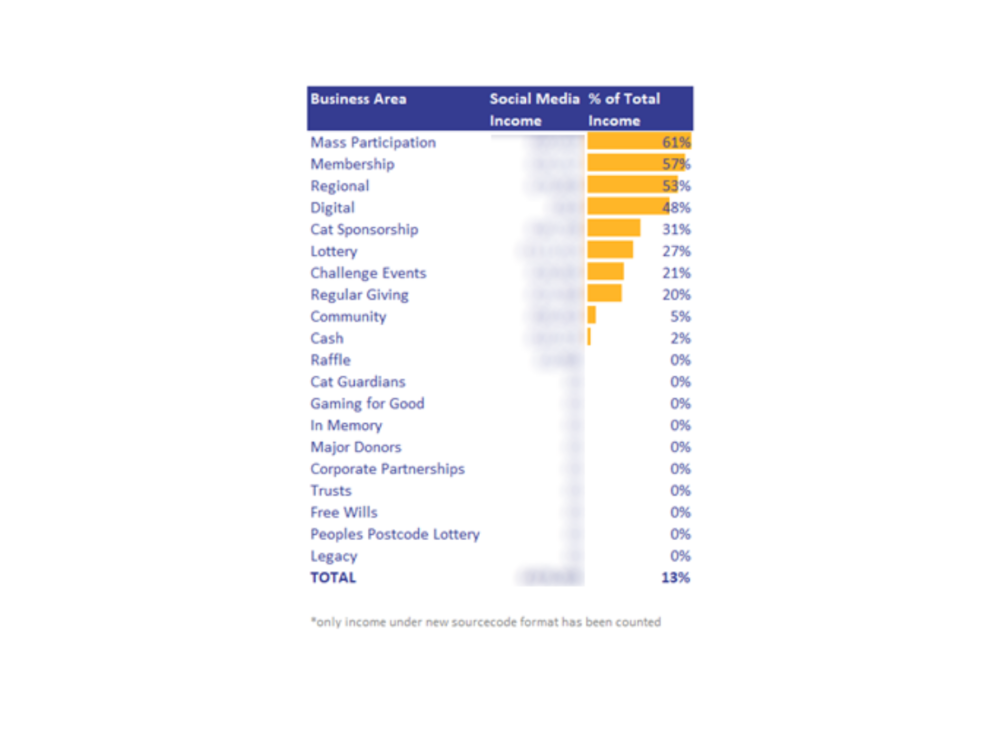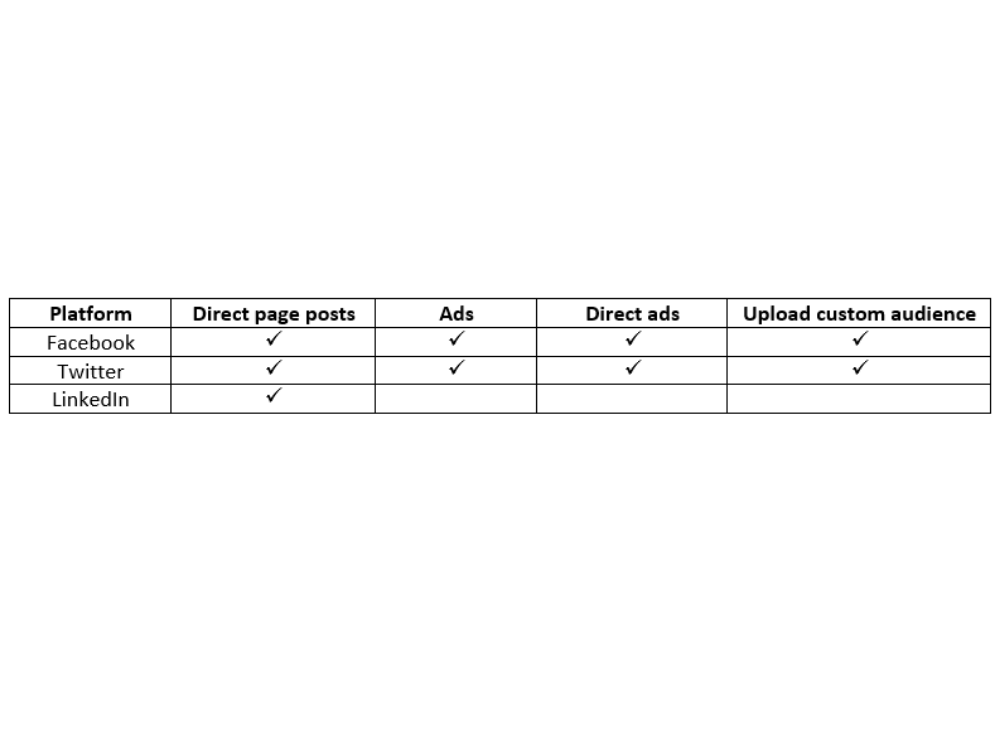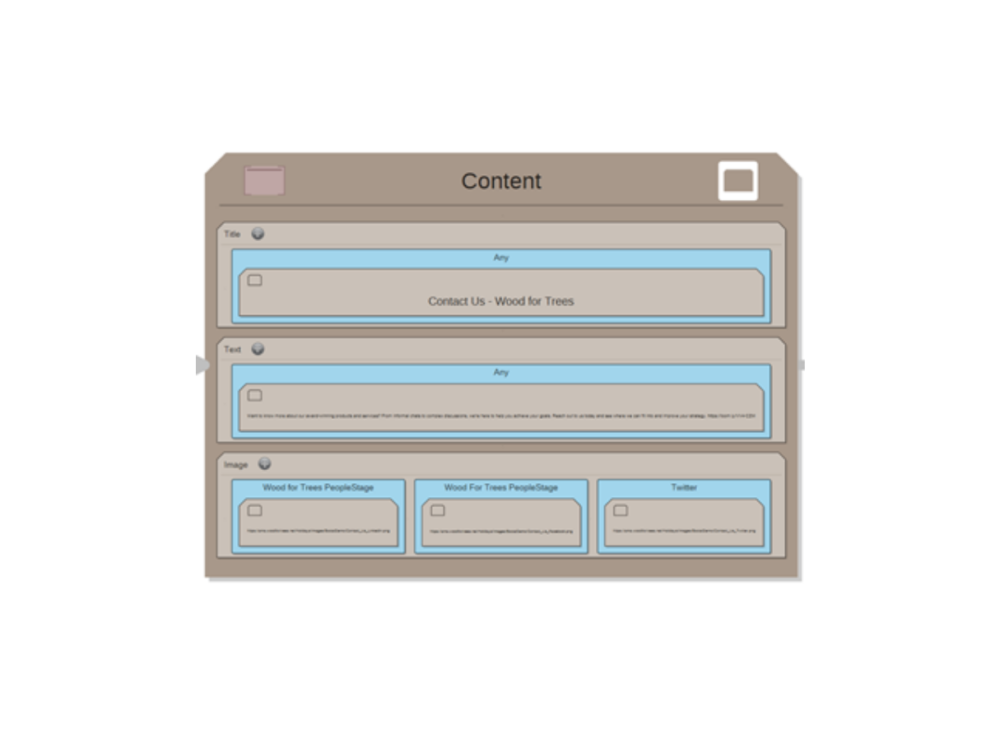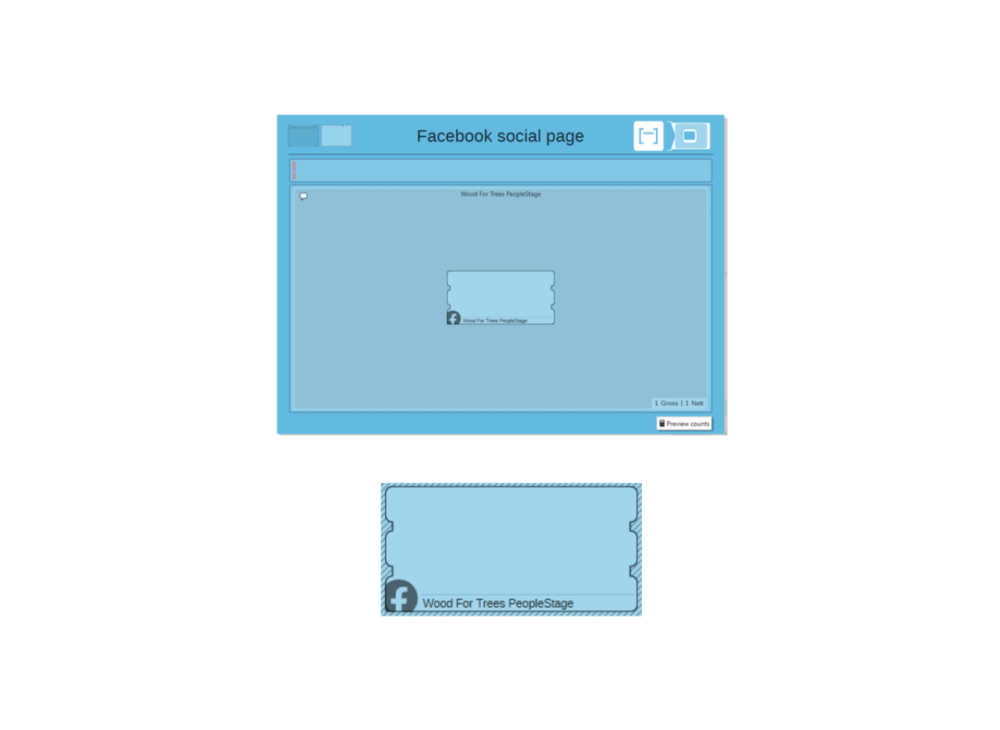
Written by Wood for Trees Senior Solutions Consultant, Nick Cook
Looking back to the beginning of 2020 when the coronavirus pandemic struck hard in the UK, and many people were working from home or self-isolating, charities lost the ability to communicate with their supporters via some of their main channels, e.g., face to face and events. This happened in what felt like a blink of an eye, forcing charities and not-for-profit organisations to use other channels available to them from which they could communicate with their supporter base.
One of the methods that’s rising in popularity is digital integration, to include social media. The Charity Digital Skills Report 2021 states that 67% of charities are planning to invest more in digital infrastructure and systems and 59% will be investing more in data skills.
The same report also says, for the second year running, charities see improving their digital channels as their top priority for the next year, with 42% rating this as key.
During the pandemic, many charities made use of social media to stay in touch with their supporter base while other channels were unavailable. An example of this comes from our animal welfare charity client, Blue Cross, which partnered with TikTok to ask supporters to share videos of their pets, with the platform pledging £1 for every video uploaded.
As the country finds its feet in what will be the ‘new normal’, and as face to face and event fundraising returns, social media marketing will continue to form part of charities’ arsenal in their future plans and digital strategies to reach their supporters.

Another Wood for Trees client, cat welfare and rehoming charity Cats Protection, has achieved outstanding results via social media during the pandemic. The charity report on 2021 income, using their new coding structure (which won second place in the Best Use of Apteco Software Award 2021), shows their percentage of the total income from a social media outgoing channel, broken down by business area.
In both the case of mass participation events (which have only recently started up again) and memberships, over half the total income was generated using social media as an outgoing channel. Clearly, using social media as part of supporter campaigns is something that can be highly beneficial and should be considered in a charity’s digital strategy. So, how to best achieve this?

Social media integration with Facebook was first introduced in the Q1 2015 release of the Apteco Marketing Suite, with Twitter being introduced in Q4 2016 and LinkedIn in Q4 2019.
The following types of social post can be achieved with the integration:
Unfortunately, from its initial release, there were a couple of things which may have hindered its uptake with users:
- Length of time required to get the integration up and running
- Non-intuitive creation of social campaigns for page posts
- Campaign per social channel needed
When social integration was first introduced to the suite, it required a lengthy process to set up. This was due to requiring an “app” to be created and approved by Facebook.
Apteco PeopleStage was geared up for creating campaigns to target supporters or transactions. This was fine when running social ads. But when it came to posting to a page, a dummy audience of selecting a supporter, for example, was required. This seemed to be a non-intuitive solution.
Also, if posting to more than one social platform, users would need to set up one campaign for each channel. If the post text and image were intended to be the same for each platform, this created an inefficient way of working.

However, in more recent versions of the Apteco Marketing Suite, the aforementioned points have been addressed with major improvements to the social integration.
Firstly, in the Q4 2020 release, Apteco introduced another social campaign type: ‘multi social campaign’. This allows users to create one campaign and post it to Facebook, Twitter and LinkedIn, but the content for each could vary. For example, the text of the post for each page could be the same, but the image may be different. This can be easily configured in the content step of the message within your campaign.

Finally, in the Q2 2021 release, Apteco included the Apteco App, which removes the need for each user to engage with the lengthy process of creating their own app and gaining approval by Facebook. This reduces the time needed to set up the integration with the suite and social media channels. If you already have Facebook, Twitter and LinkedIn accounts, you can have your Apteco Marketing Suite connected to these in a matter of hours.
Along with the app, Apteco also released the concept of social pages which can be dropped into the audience step of a new social campaign type. This is more intuitive for users.
These changes mean that fundraisers can now use the Apteco Marketing Suite to communicate to their supporters through a range of social media, as well as the already existing email, web and offline functionality.
Along with these improvements to the social integration, Apteco has also made significant improvements to their real time capability. Up until now, it’s been possible to trigger campaigns by using PeopleStage Live Data, within a matter of minutes of data arriving in a SQL table. In the Q4 2021 release, Apteco introduced the support for Apache Kafka high-performance message queues (as BETA) to trigger real time PeopleStage campaigns with data from the message queue, without the need to reference the FastStats database.
Wood for Trees is hosting a joint webinar with Apteco at 11am on Wednesday 26th January 2022 where the advancements to social integration and the new streams (Apache Kafka high-performance message queues) functionality will be discussed and demonstrated to show how they can be used conjunction with each other. Register here to join live or receive a recording after the webinar has taken place.
